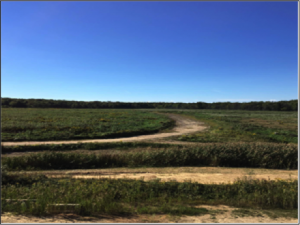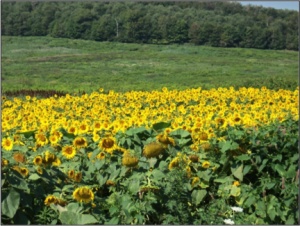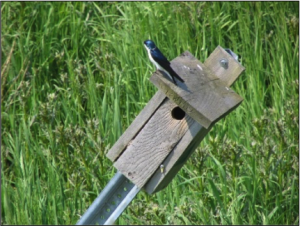Walden has prepared a Final Certification Report to document the lagoon closure activities performed at a mid-Atlantic paper mill. From 1937 to 1992, the paper mill discharged wastewater with a high total dissolved solids content into an unlined surface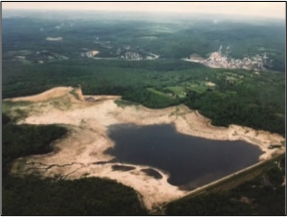
to be non-hazardous, low permeability residual solid 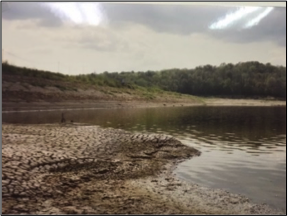
The Residual Solid Waste Closure Plan for the lagoon was prepared by Walden’s senior

Draining the lagoon
- Consolidating lagoon sludge to reduce the area from approximately 250 acres to 70 acres
- Contouring the consolidated sludge to facilitate drainage and control erosion
- Applying synthetic soil cover and seeding to promote re-vegetation
- Discharge monitoring for compliance with NPDES limits
- Erosion and sediment control
- Regular inspections, groundwater monitoring and surface water monitoring
In addition, thriving wetlands and wildlife habitats were developed at the site during closure activities in cooperation with the U.S. Fish and Wildlife Service. The closed residual solid waste landfill continues to be managed through post-closure groundwater monitoring, site revegetation as needed, inspections and maintenance.
When preparing the 2016 Final Certification Report, Walden staff with a 20-year history on this closure project conducted a comprehensive site inspection of the storm water/erosion control systems, grading contours and vegetation elements which are integral to final closure of the residual waste lagoon. The certification also involved a detailed review of project documentation including aerial photographs, topographic maps, groundwater monitoring data, and surface water monitoring data. The current State residual solid waste regulations and those in effect at the time of closure plan approval were thoroughly evaluated to identify any changes affecting the closure standards. Walden determined that the lagoon had been closed in accordance with all applicable orders and regulations. Post-closure monitoring and inspections will continue to ensure that the area remains in good condition.
Walden Environmental Engineering provides a wide range of services including landfill closure and restoring sites for beneficial use. Please call us at (516) 624-7200 if you wish to discuss how Walden can assist with your project needs.
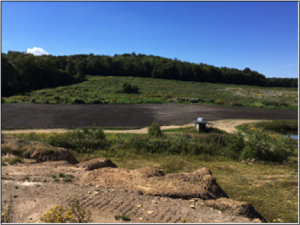

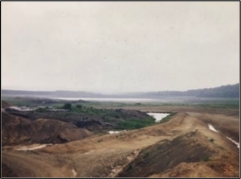 Draining the lagoon
Draining the lagoon
